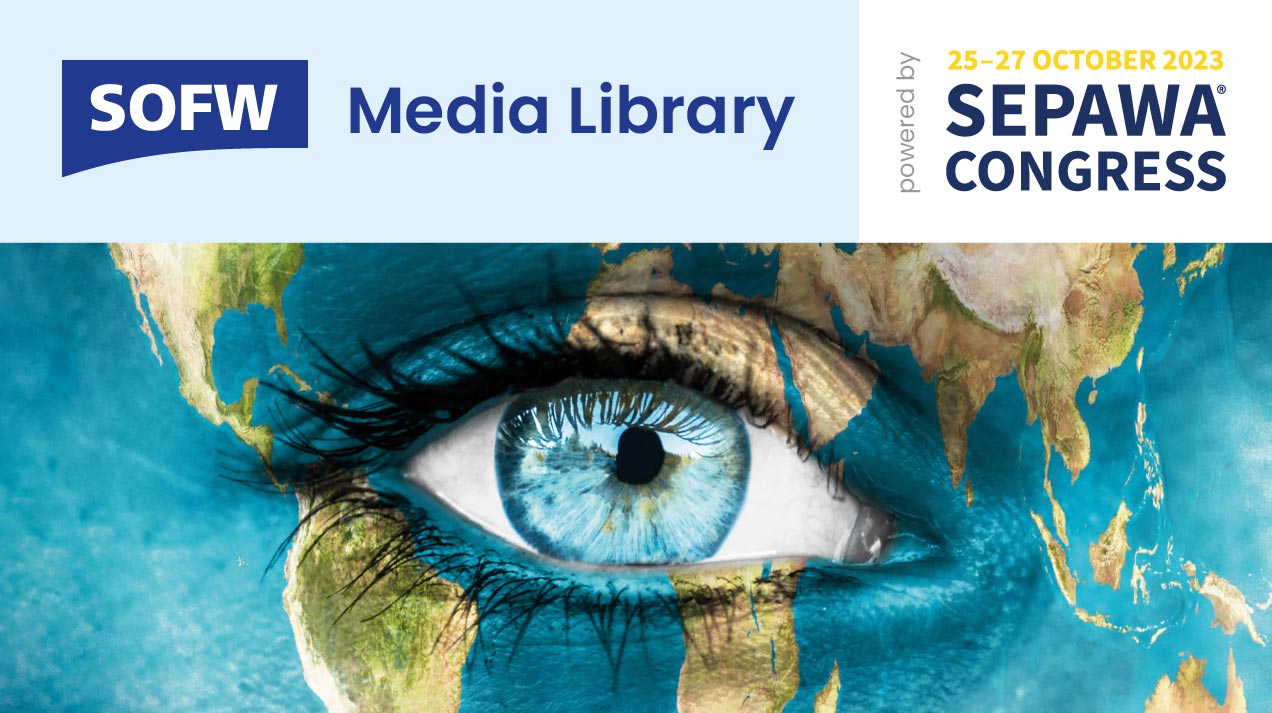Speaker: Dr. Thaïssa C. Chaparro
Company: PolymerExpert
Title: EstoGel® Green: a 100% Biobased Oil Rheology Modifier
Language: English
Abstract: With fossil fuels dwindling and consumers becoming more interested in natural products, the transition towards renewable alternatives has become inevitable. However, very few examples of biobased oil rheology modifiers can be found. Herein, rapeseed and castor beans were used on the development of a 100% biobased oil rheology modifier. The resulting poly(ester amide) (PEA) produces transparent and shear-sensitive supramolecular gels with high suspensive ability, rheofludifying properties and pleasant sensory touch in the presence of a variety of oils (polar to non-polar).
A structural block (P2) was initially synthesized and, via condensation of the amino groups of P2 with the acid group of a solubilizing block, a PEA was produced. The molar ratios were studied and gelation tests were carried out (~80°C, 30 min). The viscosity of the gels at low stress was measured (0.1Pa, PP 25mm, 25°C, 1Hz), as well as by frequency sweep in oscillation mode (ω=0,01, 100Hz, 25°C, γ=DL%, 50 and 4 wt%).
The new biobased oil rheology modifier was successfully produced from castor and rapeseed oils via a simple synthetic approach. Thanks to supramolecular chemistry (3D network) highly shear-sensitive, non-brittle, transparent and sprayable gels of numerous and diverse oils were obtained, with particular behavior in castor seed oil. The strength and stability of the gels depended on the molar ratio between each component. The gelling behavior in Caprylic/Capric Triglyceride (CCT) could be detected at medium frequencies (G’≈G’’), while flow (G’’) predominated at low and high frequencies. Various galenics (anhydrous formulas, emulsions, sticks…) can be developed from oils for diversified cosmetic applications.












